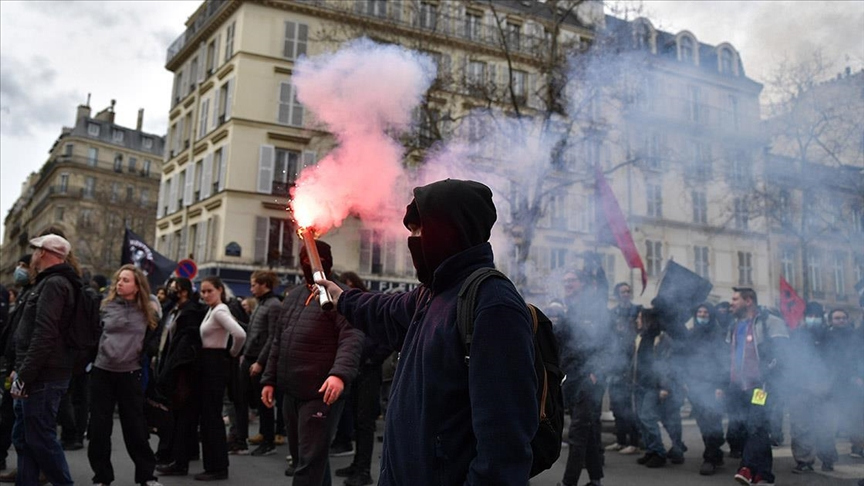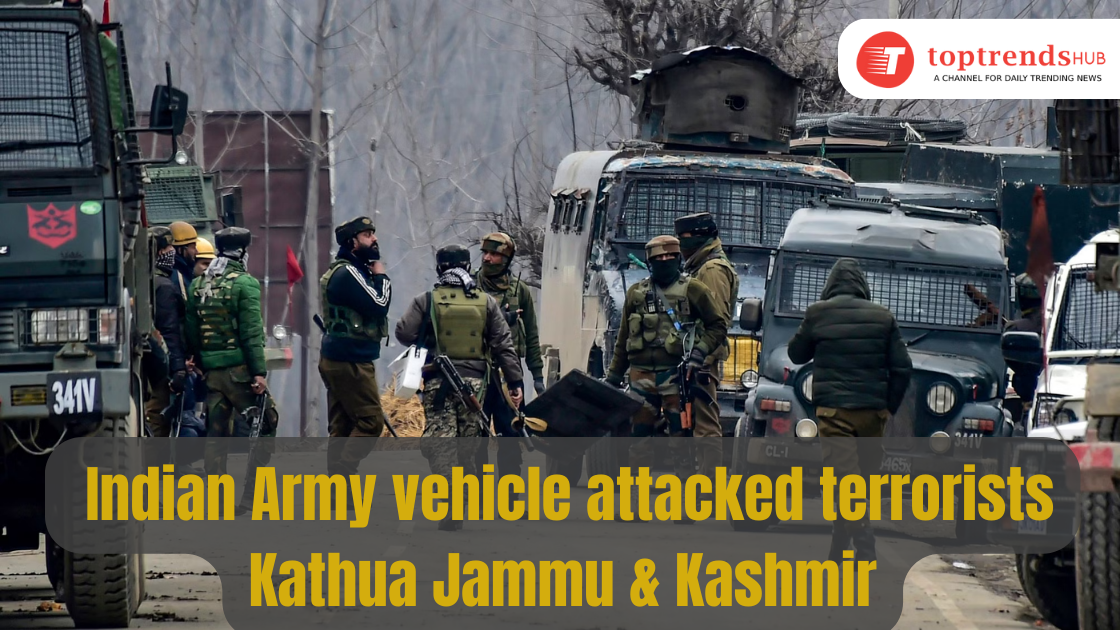With violent and ferocious demonstrations gripping Paris and other towns throughout France in the aftermath of a deadly police shooting of a young boy. Many of the millions planned to visit France this summer will be questioning whether it’s safe to travel.
Curfews have been imposed in specific communities near the capital due to the chaos, damage, and clashes. Trams and bus services in and around Paris have been affected.
As the peak travel season begins and the two-week Tour de France cycle race, the world’s most-watched athletic event, begins, here are some answers to tourists’ queries.
What is going on in France right now?
For several nights, areas in several of France’s most significant towns have erupted in violence after a youngster called Nahel Merzouk. Presumably of Algerian heritage, was fatally shot by police – an occurrence captured on film.
Protests against police started on the night of June 27 in the Parisian district of Nanterre. Merzouk was shotted down this place and have expanded to other areas of the city and numerous other towns.
On the night of June 29, more than 800 people were arrested as the fury grew. Merzouk’s killing seems to have sparked outrage in France concerning racial inequalities and police prejudice.
During the chaos, buildings, cars, and rubbish have been set on fire. France’s president, Emmanuel Macron, has been conducting crisis talks amid fears of repeated violence that prompted a state of emergency in 2005.

Which cities are at risk?
Protests started in Nanterre, a suburb of the larger metropolitan region of northern Paris. Protests have also taken place in the following districts near the capital: Bezons, Gennevilliers, Garges-lès-Gonesse, Asnières-sur-Seine, Montreuil, Neuilly-sur-Marne, Clamart, and Meudon.
Trappes, Clergy, Guyancourt, and Vigneux-sur-Seine, have also been impacted.
It is outside the “Periphique” ring road that encircles the central Paris “arrondissements,” which include most of the major tourist attractions and lodgings.
Elite RAID police have also been deployed in important tourist destinations like Marseille and Bordeaux in the south and Lille — a stop for the Eurostar train from London — and Roubaix in the north.
What about curfew times?
Curfews have been enforced in two cities near Paris that have seen some of the worst violence.
A curfew from 9 p.m. to 6 a.m. was imposed in Clamart on Thursday and will remain in effect until July 3. Neuilly-sur-Marne will have restrictions in effect from 11 p.m. to 6 a.m.
What impact has transportation had?
Transport networks in and around Paris have been badly impacted after certain services were halted due to the violence, some of which targeted transportation infrastructure.
Bus and tram services in the Île-de-France area, which includes Paris, were interrupted Thursday night and will be restored Friday night. A tram was set on fire in Clamart, one of the worst impacted municipalities.
On Friday, certain bus services in Paris were affected, but the Metro system was operational as usual.
The railway station at Nanterre-Préfecture was closed.
Buses and trams in Lille were shut down after 8 p.m. on Thursday. On Friday, services mainly were operating smoothly, with a few detours.
In the southern city of Marseille, public transportation was set to shut down at 7 p.m.
The Eurostar service linking London, Lille, and Paris has not been disrupted due to the demonstrations. Intercity trains in France are not safe to visit.
It could be more apparent if further shutdowns or interruptions occur if the demonstrations continueso individuals using them should check websites for updates before going.

Is it safe to go?
While the teenager’s murder and following outcry has shocked France, most of life goes on as usual. The core districts of Paris, which include the Louvre Art Museum and the Eiffel Tower, have remained almost unharmed. Similarly, rural and seaside places attract a large number of tourists.
However, it is still being determined how long the demonstrations will last and what other actions the French government will take to address them.
Several nations’ travel warnings warn of the demonstrations and suggest visitors follow the news and check in with tour operators; none have recommended against going to France entirely.
On June 29, the U.S. State Department issued a security notice for France, highlighting the violent aftermath of the teenager’s killing and warning Americans to avoid problem locations.
“These demonstrations, along with spontaneous protests, are expected to continue and may turn violent,” the statement stated.
“U.S. citizens should avoid large crowds and areas where there is a lot of police activity because they can turn violent and result in clashes.”
“Some cities have curfews in place. It is usually a good idea to tell friends and relatives of your location. Take note that public transit is impacted.”
It advised checking France24, RFI, and The Local for developments.
Conclusion
The State Department issued a “level 2” recommendation in October 2022. Advising visitors to “exercise increased caution in France due to terrorism and civil unrest.”
The U.K. Foreign and Commonwealth Office also issued cautions. Still, it noted that most travels to France could have been more uneventful.
“Protests may cause traffic disruptions or the targeting of parked cars in protest areas,” it said on its website.
“You should monitor the media, avoid protests, check the latest advice with operators before traveling, and heed the authorities’ advice.”
It encouraged tourists to get safe travel insurance, noting that “roughly 17 million British nationals visit France yearly.” The majority of trips are trouble-free.”






